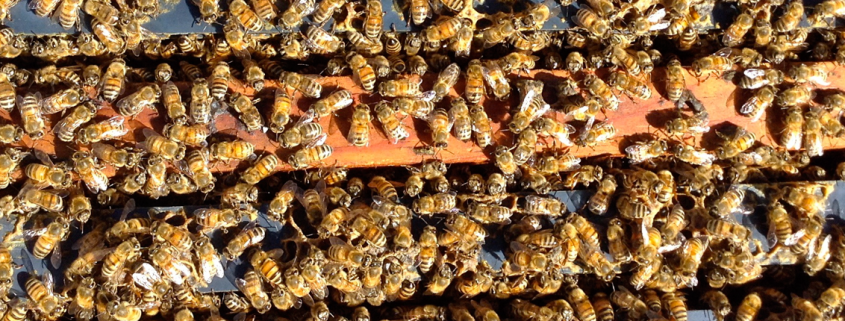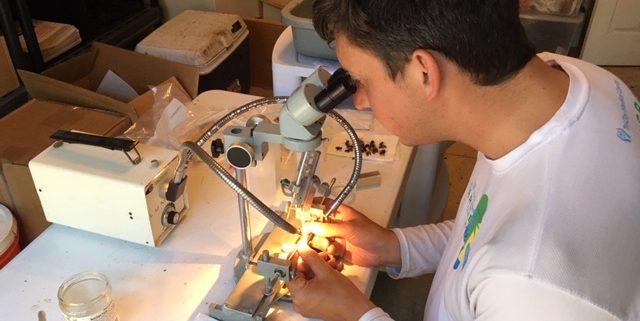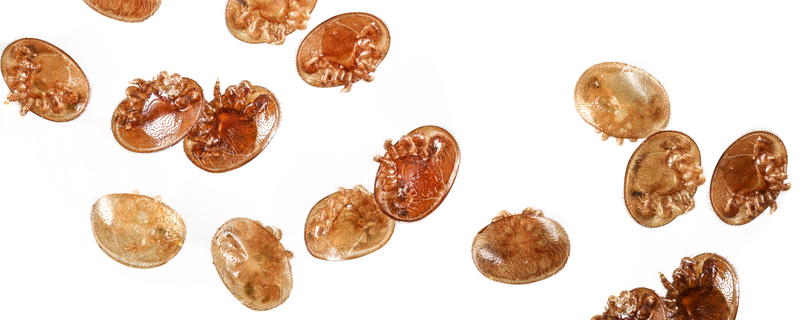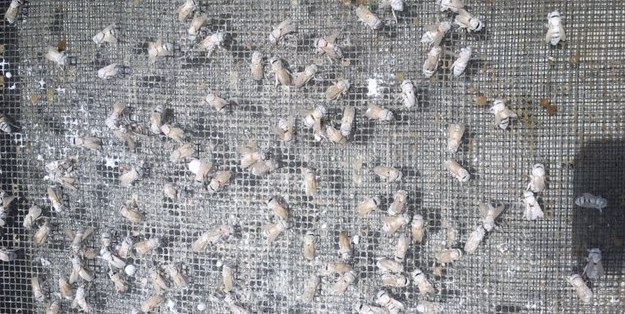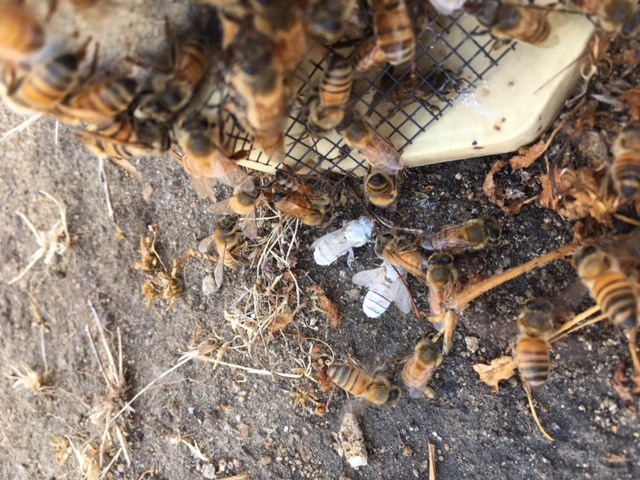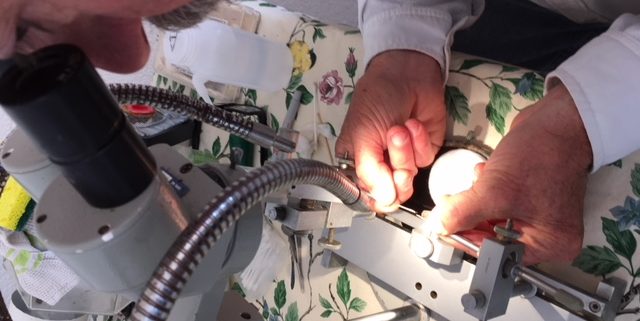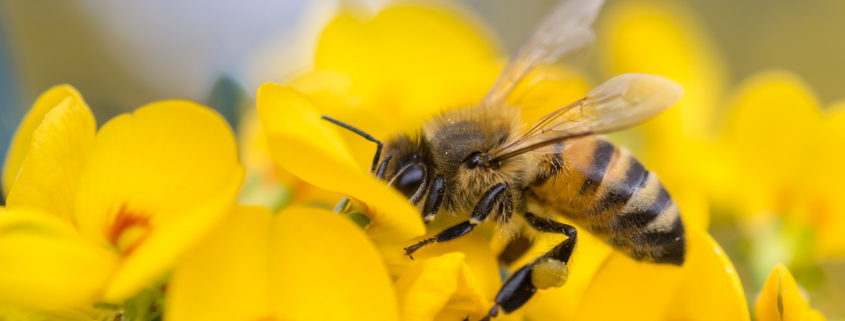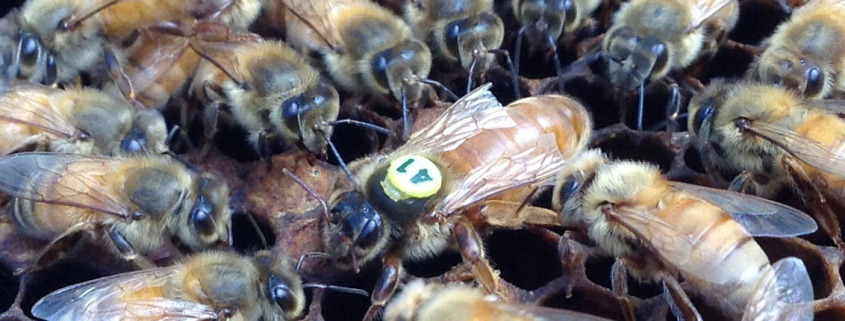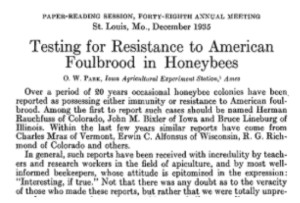Honeybee Diseases: Threats to the Hive and How to Fight Back
Honeybees, the tiny alchemists of the natural world, play a crucial role in our ecosystem. They pollinate crops, produce delicious honey, and contribute to biodiversity. However, these industrious insects are not immune to threats. Honeybee diseases can wreak havoc on hives, leading to colony collapse and impacting food security and the environment.
Common Honeybee Diseases:
- American Foulbrood (AFB): This highly contagious bacterial disease affects brood (developing bees),causing larvae to die and turn into a sticky, foul-smelling mass.
- European Foulbrood (EFB): Another bacterial disease, EFB primarily attacks young larvae, causing them to turn yellow and watery. While less contagious than AFB, it can still significantly weaken a colony.
- Nosema: This fungal disease attacks the digestive system of adult bees, leading to dysentery and starvation. It can be spread through contaminated food or water.
- Varroa Mites: These parasitic mites feed on the hemolymph (bee blood) of adult and developing bees, weakening them and transmitting viruses. They are considered one of the biggest threats to honeybee health globally. Genetics, such as the VSH trait can help to keep these mites in check.
- Sacbrood Virus: This viral disease affects young larvae, causing them to turn into sacs of fluid. Infected larvae die and are removed by worker bees, leaving characteristic empty cells in the brood comb.
Treatment Options:
Fortunately, there are several methods to manage and treat honeybee diseases:
- Antibiotics: Antibiotics, such as Tylosin, can be used to combat bacterial diseases like AFB and EFB. However, their use should be carefully monitored as excessive antibiotic use can contribute to antibiotic resistance.
- Fungal Treatments: Fungicides, such as Fumagillin, can be used to treat Nosema, but their effectiveness can vary.
- Mite Control: Integrated pest management (IPM) is crucial for Varroa mite control. This includes using chemical and non-chemical methods like miticides, sugar dusting, and drone brood removal, and more importantly, genetic factors, such as introducing the VSH trait into honeybee stock.
- Queen Replacement: In some cases, especially with severe AFB infections, replacing the queen bee can be necessary to control the disease and rebuild the colony.
- Good Beekeeping Practices: Maintaining strong colonies, providing adequate food and water, and practicing good hygiene are essential for preventing diseases and promoting overall bee health.
Early Detection is Key:
The key to successful disease management is early detection. Beekeepers should regularly inspect their hives for signs of disease, such as abnormal brood patterns, dead bees, or dysentery. Early intervention can significantly improve the chances of saving a colony.
Working Together:
Honeybee diseases are a complex issue requiring collaboration between beekeepers, researchers, and regulatory agencies. By sharing knowledge, developing new treatment methods, and implementing effective disease control measures, we can protect these vital pollinators and ensure the future of honeybees for generations to come.
Additional Tips:
- Consult your local beekeeping association or extension service for guidance and support.
- Consider joining a beekeeping club or online forum to connect with other beekeepers and learn from their experiences.
- Stay informed about the latest research and developments in honeybee disease management.



